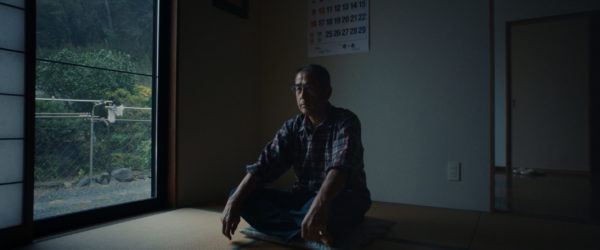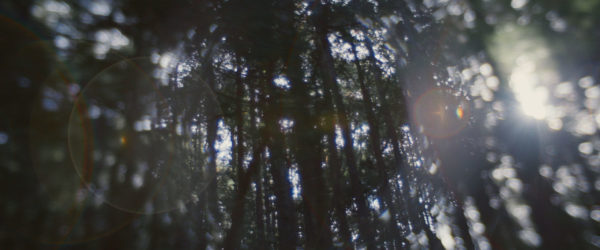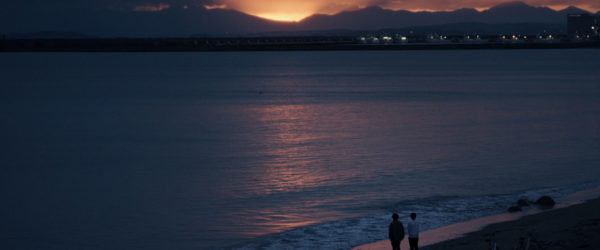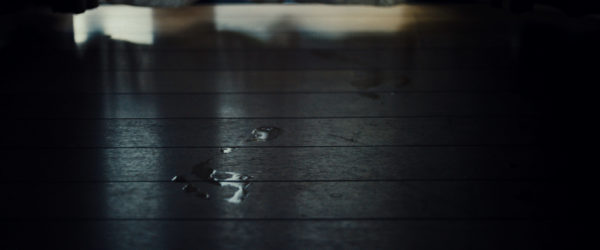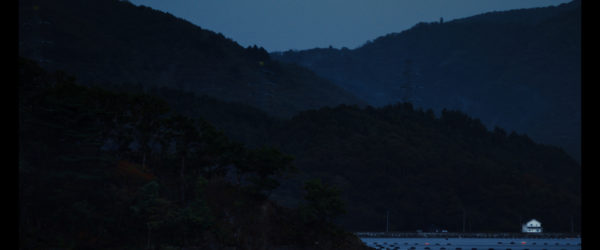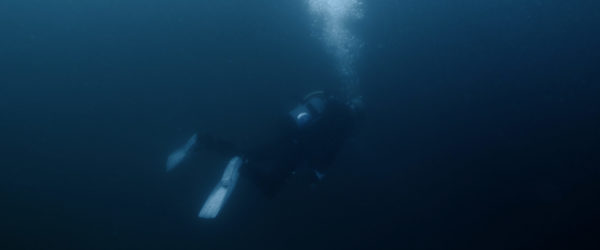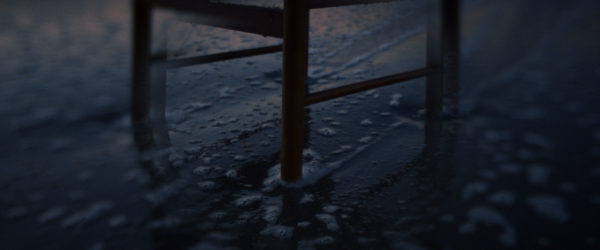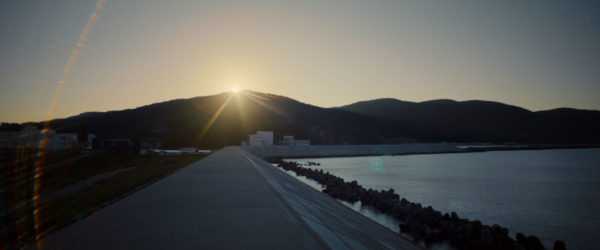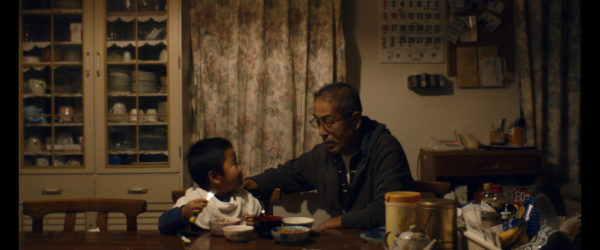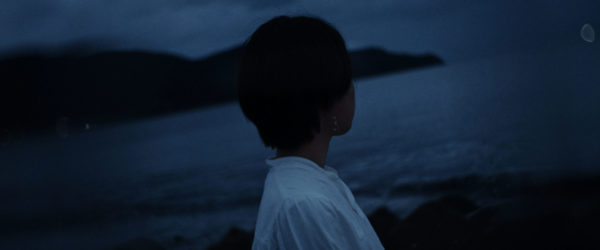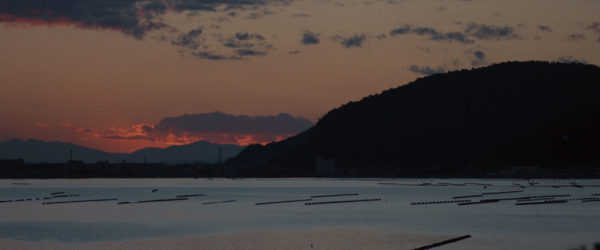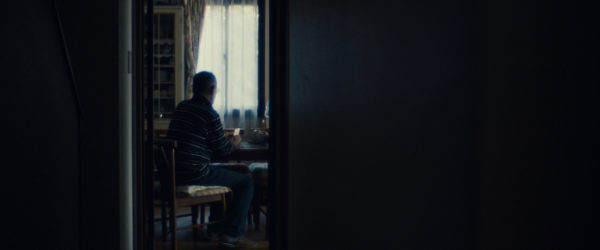Behind the Scenes
Into the Deep: The Story Behind ‘The Diver’
On March 11, 2011, the Tōhoku earthquake and tsunami devastated the coastal communities of East Japan, claiming nearly 20,000 lives. Yasuo’s wife was never found, but his enduring love for her drives him to continue searching the sea.
As the Japanese people observe the 12-year anniversary of this tragedy, Director Anderson Wright and Yasuo Takamatsu take a poignant look at the pain of loss, the strength of love, and the beauty to be found in remembrance.
This story is one that Anderson felt drawn to for several years, and he was keenly aware of the tender burden he would carry in the telling. We had a chance to chat with him about the journey:
”"I… became interested in exploring how grief manifests in the quiet moments of his day-to-day life."
Anderson Wright
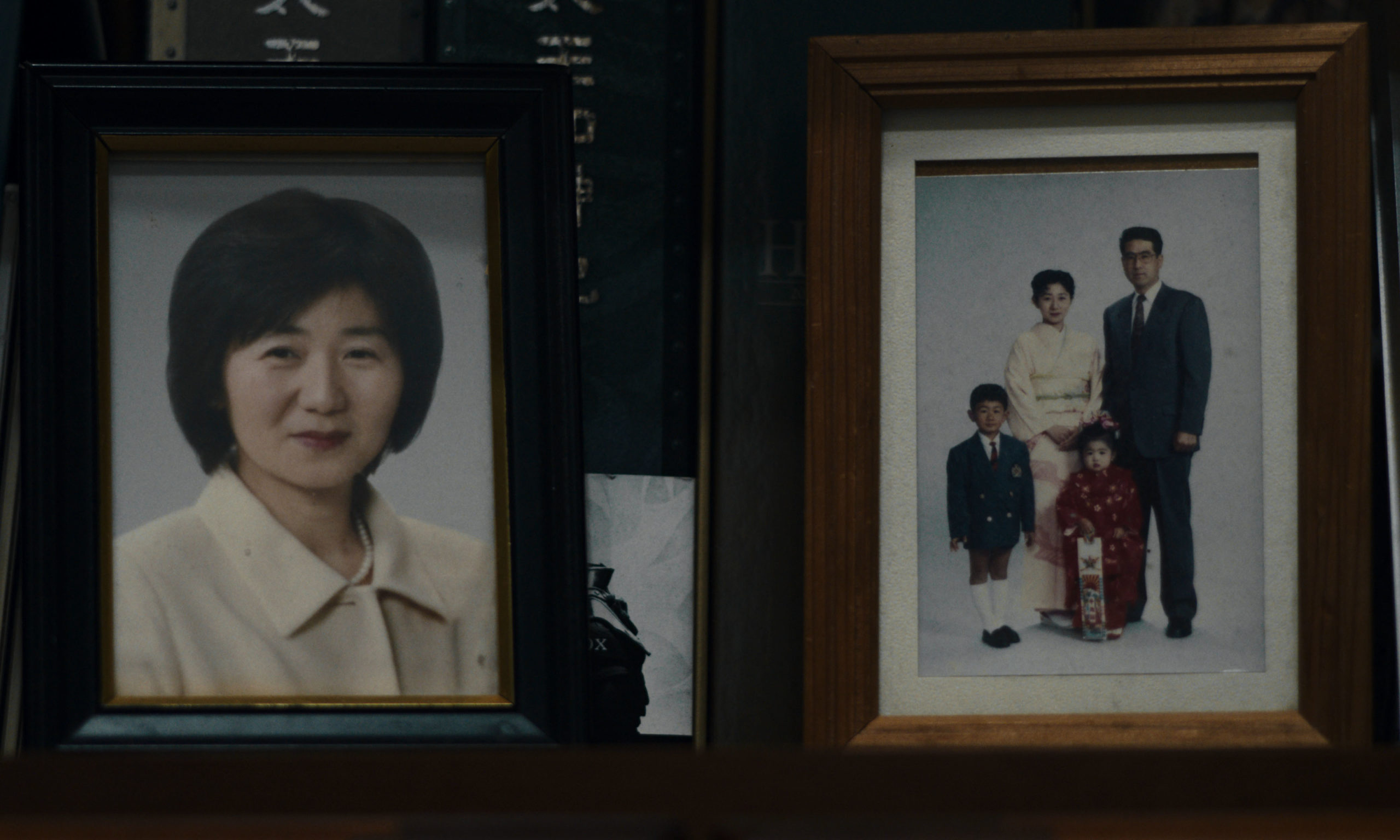
Filmsupply: What inspired you to create “The Diver”?
I read several articles about Yasuo Takamatsu way back in 2016. Everything about his story totally floored me. I found him on Facebook and sent him a message translated by a Japanese friend. Yasuo responded — and we began a Skype correspondence about this documentary.
Yasuo’s presence was compelling. Warmth, thoughtfulness, and a good sense of humor began to emerge from his stoic demeanor. I was intrigued by how he coped with Yuko’s absence and I became interested in exploring how grief manifests in the quiet moments of his day-to-day life.
His search for Yuko also held the potential to be cinematically special. I believed that the imagery — especially of him diving the ocean’s depths — could be heartbreaking, beautiful, and life-affirming.
Are there any other Directors or films you studied as you prepared for this project?
I studied the way Yasujiro Ozu composed frames of Japanese home interiors, specifically in terms of camera height and lens length. I was interested in the quotidian aspects of Yasuo’s solitary home life and knew we’d be filming a lot inside his house. I also referenced the bicycle scene in Ozu’s film Late Spring when imagining young Yasuo and Yuko on a date by the water’s edge.
The opening of No Country For Old Men has been referenced ad nauseum, but I still love it, and I had it in mind when shooting the various terrain that Yasuo has traversed over years of searching.
The poster image from Alfonso Cuaron’s Gravity inspired a wide shot of Yasuo alone underwater.
Romain Dubois’ music video for CRi’s “Why I Love You” is an all-time favorite and the reference for the wet footprint shot. I love the way the protagonist dances with an unseen partner, getting lost in this physical activity to alleviate his loneliness. That resonated with me for The Diver.
Christopher Lew (cinematographer) shared images with me by the photographer Rinko Kawauchi, which were instructive. He also pointed me to the film Post Tenebras Lux, which we referenced for Yasuo’s memory scenes.
I read a number of books in preparation as well, including Richard Lloyd Parry’s Ghosts Of The Tsunami, Miri Yu’s Tokyo Ueno Station, Joan Didion’s The Year Of Magical Thinking, Kenzaburo Oe’s Death By Water, Max Porter’s Grief Is The Thing With Feathers, Kathryn Schulz’s Lost & Found, and Lafcadio Hearn’s Japanese Ghost Stories.
What is the most important thing you learned along the way?
Probably to remain optimistic and observant in the face of disappointment. There was a moment when I quietly felt really bummed because we lost the light needed to capture an image I had hoped to shoot inside Yasuo’s home. It sucks when you’re looking at a frame that you know could’ve been special if you’d been there mere minutes earlier.
Losing the sun gave us time to pause, process, and consider our next move. Yuko’s shrine was in the room next to us. We remembered that Yasuo would light candles every time he prayed there. We’d already filmed Yasuo’s candle ceremony earlier that day, but now the thought of documenting it at dark became exciting. Yasuo prayed at the shrine once more, this time solely lit by candlelight. It was beautiful to observe.

Did you face any creative challenges during the development of the film? If so, how did you overcome them?
Time was by far the biggest challenge – a logistical problem that quickly became a creative problem. I wanted to shoot much more than we had the time to accomplish.
The Diver obviously wasn’t unique in this regard. You always wish you had more time and more money. Nevertheless, the time restriction weighed on me here as I’d wanted to make this film for 6 years and had to shoot it in 6 days.
I overcame this by making the development process as collaborative as possible. Chris, Vesta Tuckute (producer), Airi Yamawaki (producer/fixer) and I spent the time in Japan in constant conversation about everything.
My creative thinking is most efficient when I’m actively collaborating with people. But more significantly, the social aspect of filmmaking is one of the great sources of joy in my life. Camaraderie is extremely important to me, it’s such a powerful thing. I’m happiest — and at my creative best — when I can really feel it.
I’m deeply grateful that I was able to collaborate with Airi, Vesta, and Chris. They’re so talented and resourceful (and cool!) that no challenge ever felt overwhelming. There’s a “whatever comes, we’ll face it” attitude that emerges when you’re working with good people; it’s very invigorating.
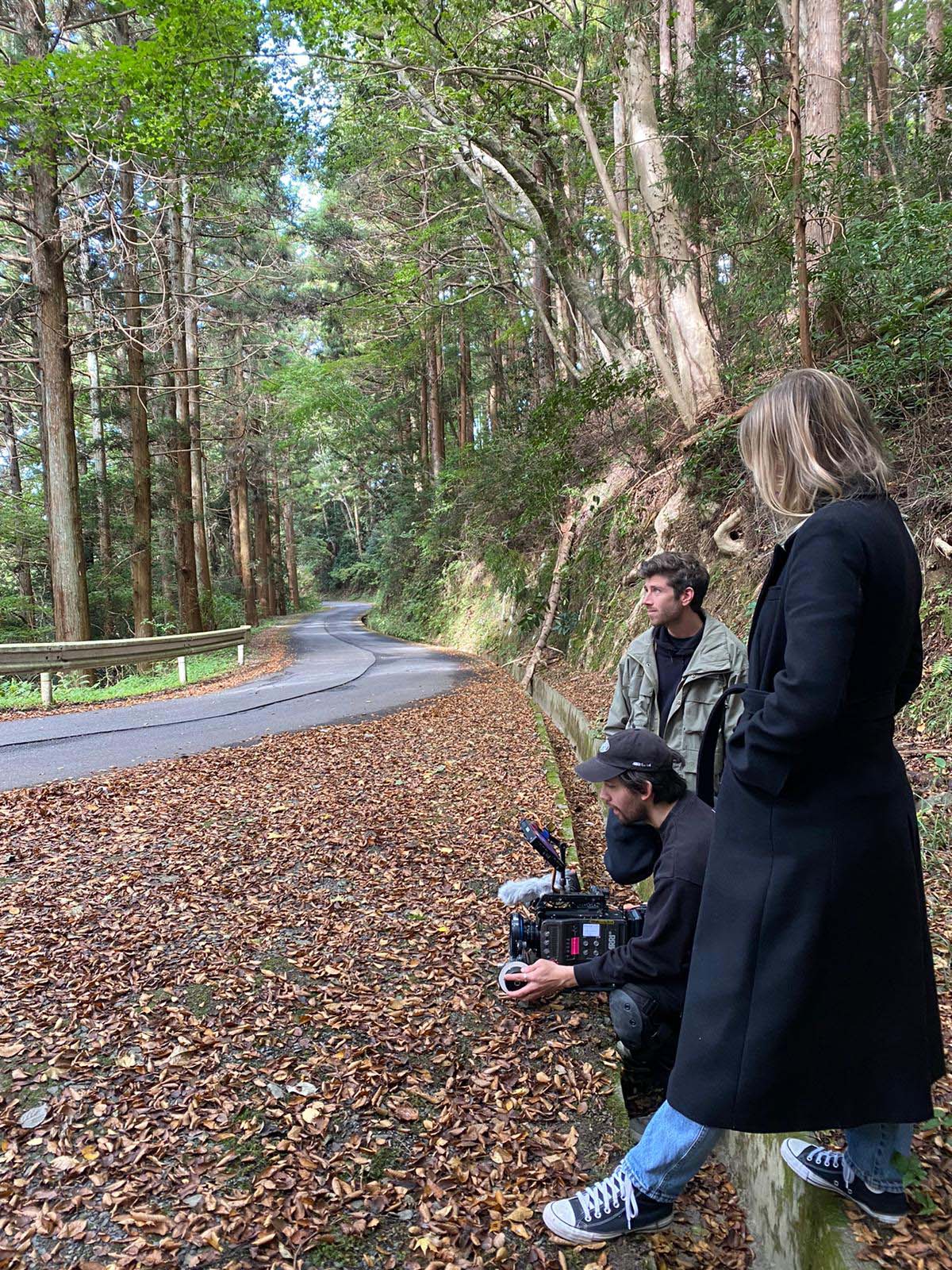
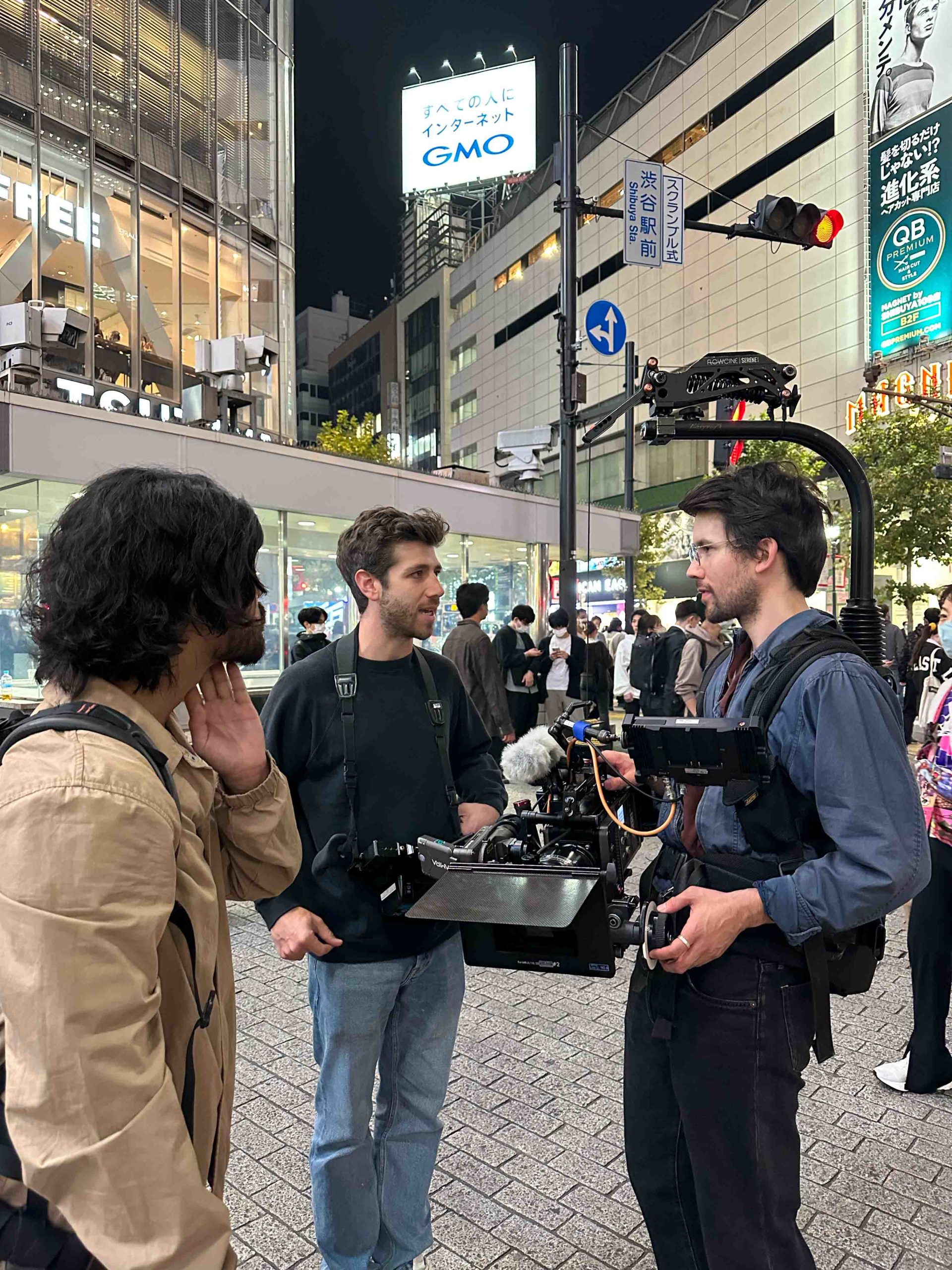
Were there any moments during shooting that stand out in your memory?
Yasuo’s interview definitely stands out. It was the very first thing we shot. I believe it was four hours long. Sometimes it can take a while for people to open up in an interview, but Yasuo was ready to share his story without much warm-up. His forthrightness and compassion were impressive and I went to bed that night feeling confident that we had the foundation of the film in the can. I don’t think I’ve ever felt that after a first shooting day.
The first time that I thought “ok, we have a real film now” was when I watched the diving footage with Yasuo, Chris, Vesta, Airi, and the dive team. It was at lunch, halfway through Yasuo’s dive day. Yasuo would be conducting two dives, per his usual practice, and needed a rest in between. After he completed the first dive, we returned to shore and reviewed what the underwater operator, Masa, had captured. Masa warned us that the water was murky at its deepest point, so I was a bit nervous about whether we’d clearly see Yasuo combing through wreckage on the ocean floor. We all huddled around a laptop and realized quickly that his search was legible on screen with undeniable clarity.
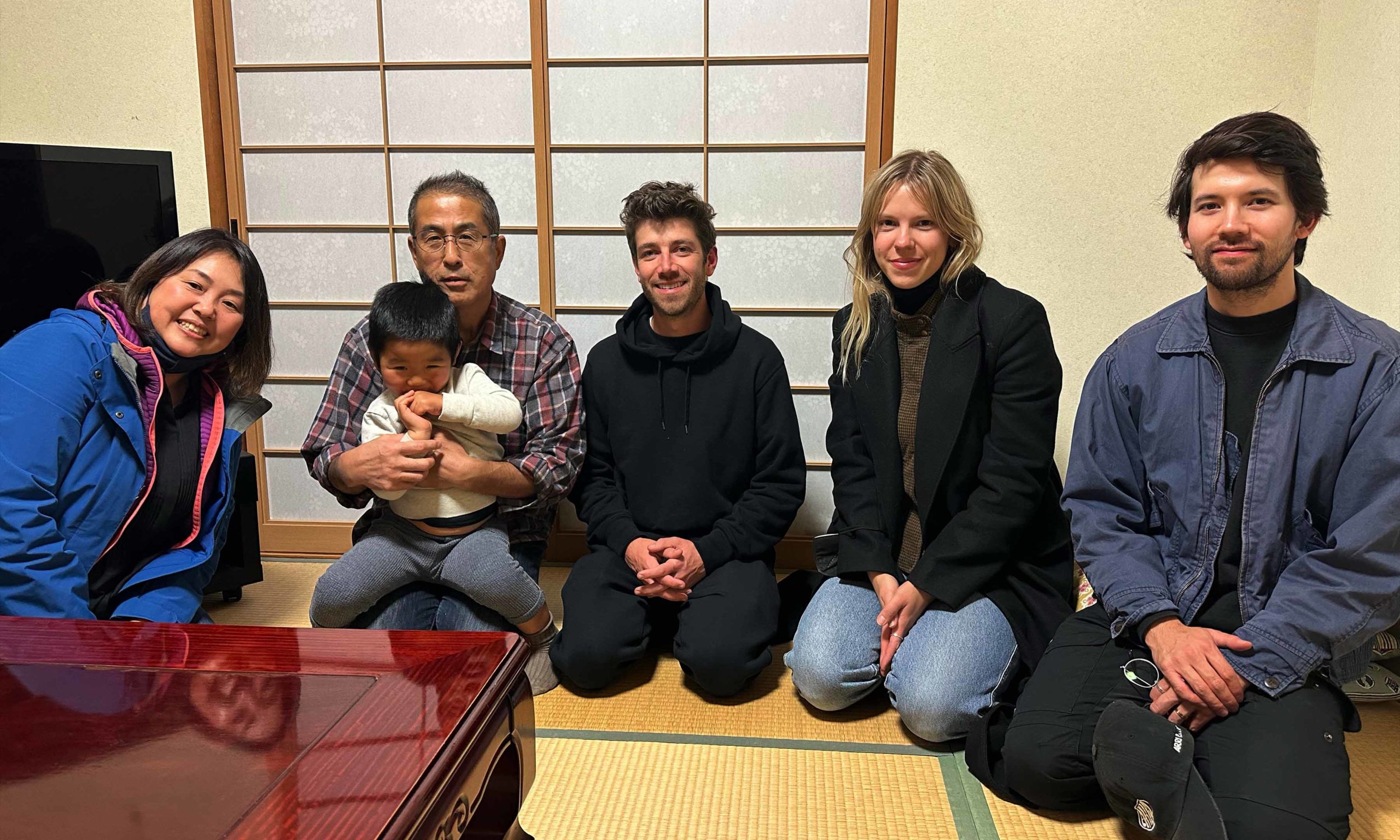
Did you encounter any surprises in the editing process that required a creative solution?
Matt Schaff (editor) is a good friend and trusted collaborator. We’d made a pair of short docs together in the past that he really brought to life. After production wrapped on The Diver, I told him that I was concerned about the film’s ending: I didn’t feel like I’d shot one. I was hoping to conclude the film with an image of Yasuo standing at the sea wall that had been constructed at the edge of the ocean years after the tsunami, but we simply didn’t have time in our shooting schedule to capture it.
After pouring through the footage, Matt had the idea to end the film with Yasuo’s interview bit about the discovery of Yuko’s cell phone. Yasuo told us during the shoot that he didn’t consider himself a spiritual person – but in that one moment, we can sense him weighing the possibility that cosmic forces preserved Yuko’s phone in the tsunami.
The scene encapsulates Yasuo’s personality for me. He’s a rational person, openly acknowledging that the chances of finding his wife in the sea are infinitesimal. Despite this, the slightest glimmer of hope is enough to keep him going.
Sound design plays a huge role in the telling of this story. How did you approach that process?
I read several quotes during my research process that characterized grief as “the silence of absence.” It made me think about the stifling quiet that Yasuo lives with every day while going about mundane tasks: driving to the grocery store, cooking, washing up, and so on.
I wanted a sense of quiet to pervade the film. This meant choosing music tracks that gently supported the story without piercing the soundscape. Christian Stropko (sound designer) also did a great job of setting naturalistic tones that helped establish the mood.
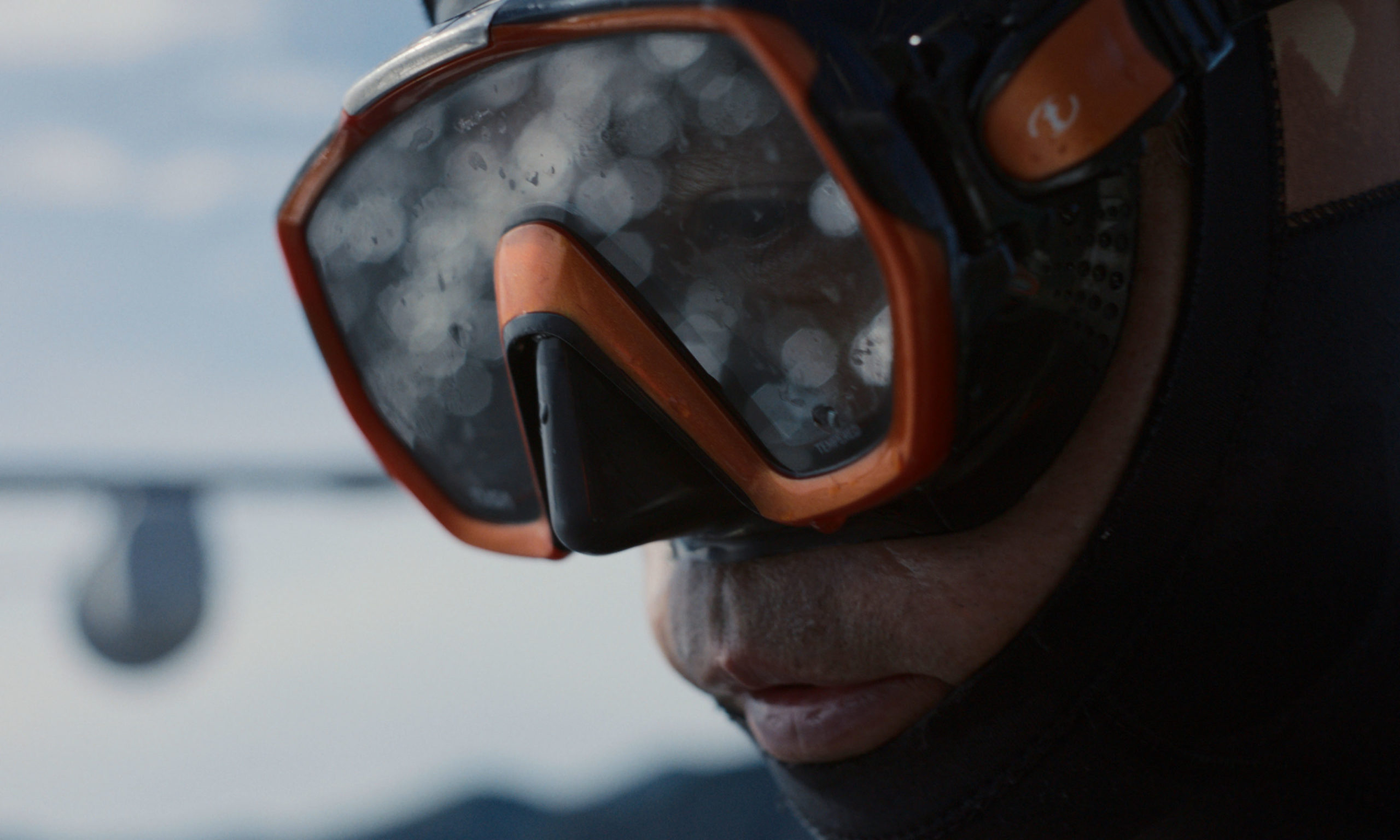
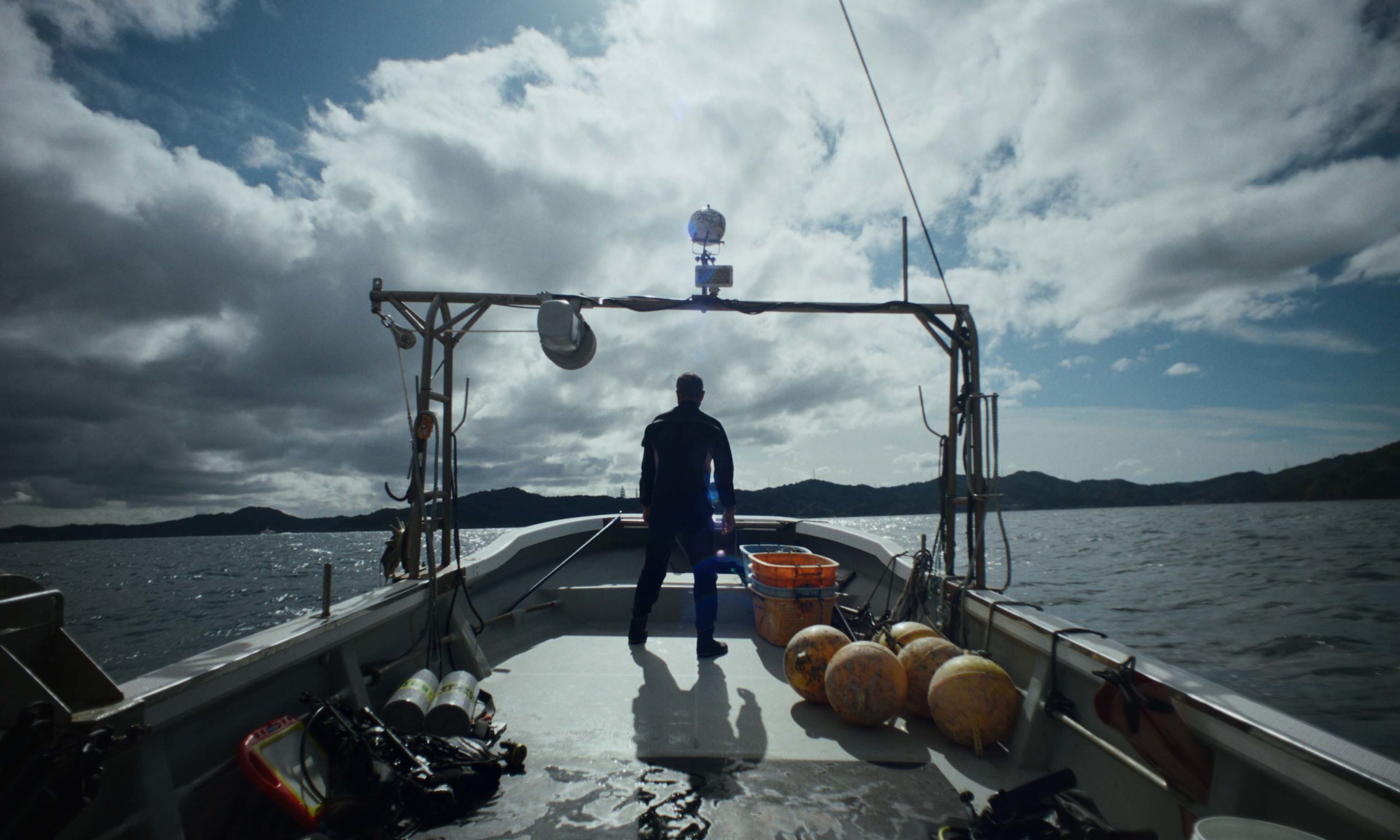
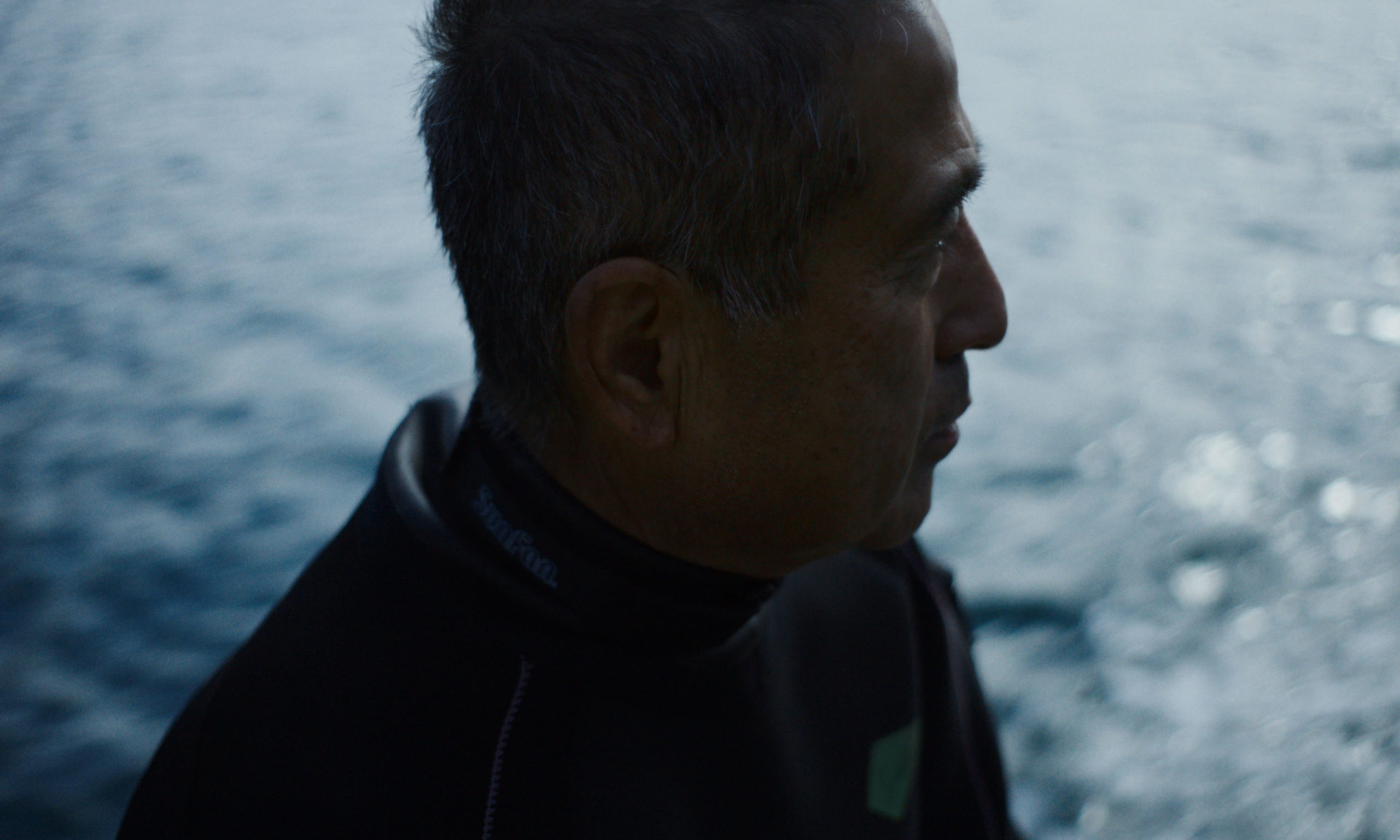
What do you hope to accomplish with this film?
My aim with this project was to stay totally focused on Yasuo and Yuko, keeping the narrative as personal to them as possible. I hope Yasuo feels that I did a good job telling his story — and that Yuko would be proud. I’ll be happy if the film accomplishes that much.

